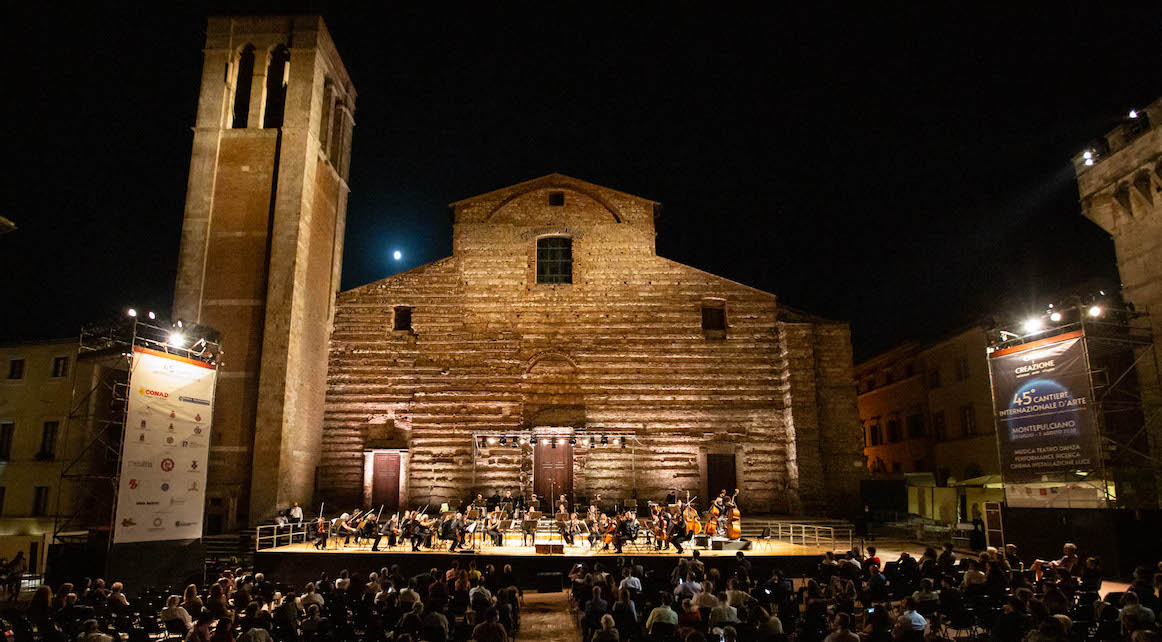OS SHORT SERIES II

RAFFAELLA PALUMBO
clarinetto
MONTEPULCIANO - Logge di Palazzo Tarugi
GIOVEDÌ 25 LUGLIO
Ore 12:00
Kaija Saariaho
(1952 - 2023)
Duft
Blütenstaub
Blühend
Flüchtig
per clarinetto
"Duft" è un brano per clarinetto solo composto dalla celebre compositrice finlandese Kaija Saariaho. Questo pezzo, il cui titolo significa “odore, profumo" in tedesco, è stato scritto nel 2012 e riflette l'abilità unica della compositrice di creare atmosfere sonore intense e coinvolgenti.
I titoli sono molto significativi nelle opere di Saariaho, poiché aiutano a definire il materiale musicale che, secondo Saariaho, è la parte più complicata della composizione. Il primo movimento “Blütenstaub” è un sostantivo che significa polline, mentre il secondo e il terzo movimento sono aggettivi: “Blühend” si traduce in “fiorito, in piena fioritura”, e il terzo movimento “Flüchtig” si traduce in “in fuga” o “in volo” . Nella sua analisi Kathryn Vetter sottolinea che “ognuno dei tre movimenti si riferisce a un movimento dell'olfatto” (Vetter 2018).
Il brano è caratterizzato da una serie di gesti musicali che evocano immagini e sensazioni quasi olfattive, come suggerisce il titolo. Saariaho gioca con le dinamiche, i registri e le articolazioni del clarinetto per creare una trama sonora complessa e stratificata, in cui il suono sembra muoversi e trasformarsi, proprio come un profumo che si diffonde nell'aria.
"Duft" is a piece for solo clarinet composed by the famous Finnish composer Kaija Saariaho. This piece, whose title means "smell, perfume" in German, was written in 2012 and reflects the composer's unique ability to create intense and engaging sound atmospheres.
Titles are very significant in Saariaho's works, as they help define the musical material which, according to Saariaho, is the most complicated part of the composition. The first movement “Blütenstaub” is a noun meaning pollen, while the second and third movements are adjectives: “Blühend” translates to “blooming, in full bloom,” and the third movement “Flüchtig” translates to “on the run ” or “in flight” . In her analysis Kathryn Vetter highlights that “each of the three movements refers to a movement of smell” (Vetter 2018).
The piece is characterized by a series of musical gestures that evoke almost olfactory images and sensations, as the title suggests. Saariaho plays with the dynamics, registers and articulations of the clarinet to create a complex and layered sound texture, in which the sound seems to move and transform, just like a perfume wafting through the air.
 Sostieni i progetti
Sostieni i progetti Amministrazione Trasparente
Amministrazione Trasparente Contatti
Contatti
















